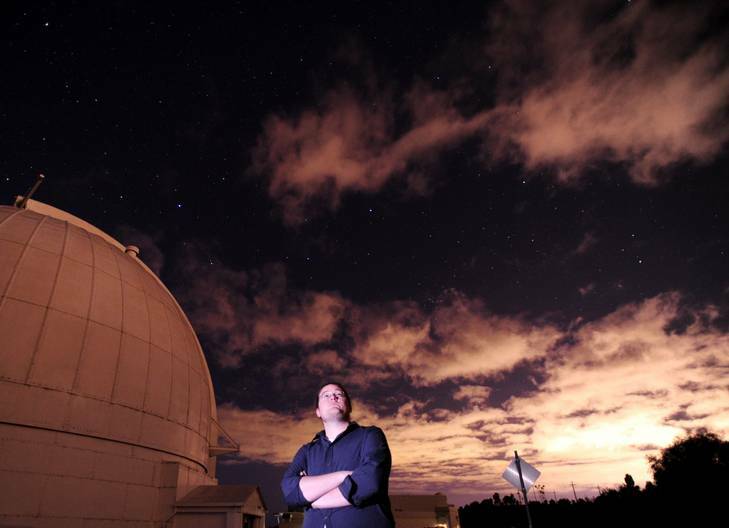WHILE the sighting of Venus' transit caused starry-eyed excitement in Canberra this week, attentions are set to stay skyward as more astronomical wonders alight over the capital.
Subscribe now for unlimited access.
or signup to continue reading
Canberra Astronomical Society president Bill Frost said the sky was a fascination for adults and children alike. ''The biggest 'wow' factors we get are the rings of Saturn and the craters of the moon,'' Mr Frost said.

Mount Stromlo Observatory-based astronomer Brad Tucker said the next big event would be a full solar eclipse on November 14.
The transit of Mercury will take place on May 9, 2016 and November 11, 2019. There will also be two ''blue moons'' in a month this year - August 31 and September 30. The next one is scheduled for 2015.
And there will be events occurring that astronomers have not even predicted yet, said Mr Tucker.
Mr Tucker said that although Canberrans showed interest in the sky, he had still been surprised to see so many people at the observatory on Wednesday.
''I think it just boils down to people are interested in astronomy and are amazed by space,'' Mr Tucker said.
He said it was usually difficult to convey the excitement of studying the sky through a telescope until a rare event showcased the real wonders to the community.

